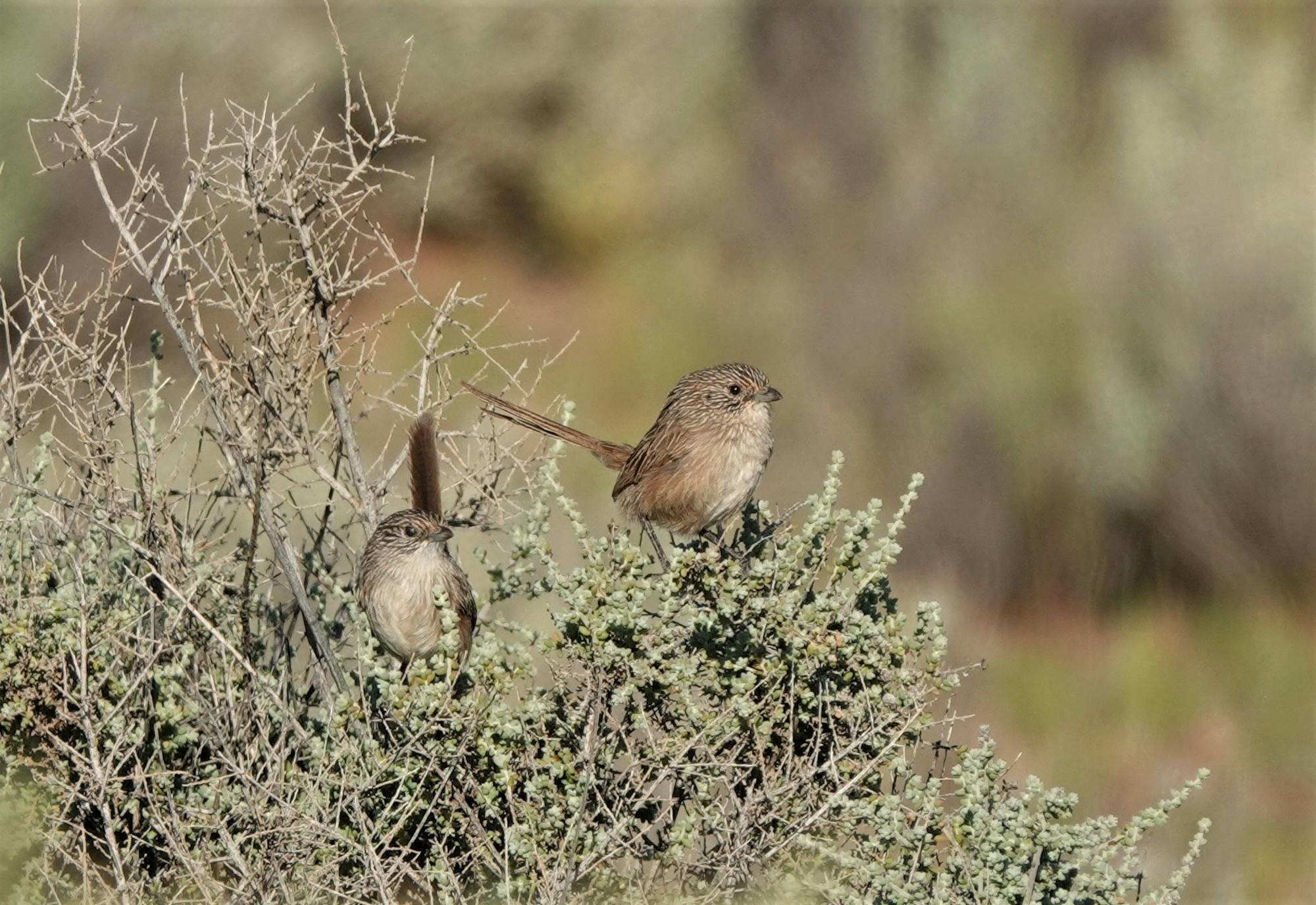
Image: Grey Range Thick-billed Grasswren by Max Breckenridge.
Join the Aussie Bird Count
Australia's biggest citizen science event – the Aussie Bird Count – is back for a tenth year! Held during Bird Week (16-22 October 2023), the project plays a crucial role in collecting data on species diversity and populations.
Taking part is easy, just spend 20 minutes in an outdoor space, record the birds you see during that period, and submit your results using the Aussie Bird Count app or website – there is a built-in field guide to help identify birds you’re unsure about.
Birds can be good indicators of the environment’s health, with changes in communities of birds often the result of ecological change. As well as helping ecologists track large-scale biodiversity trends, particularly concerning urban bird species, the project encourages people to connect with their natural environment and gain a greater appreciation of our unique fauna. Watching birds can even boost your mental health by compelling you to live in the present moment.
Last year, 77,000 people counted more than 3.9 million birds of 620 different species. Most surveys were conducted in cities and towns, and the most prevalent birds were Rainbow Lorikeets, Noisy Miners, and Australian Magpies. Sean Dooley at BirdLife Australia says, “these birds have thrived in the urban landscapes we have created in our cities, towns and backyards but we need to think of ways to improve our urban areas to encourage other native birds too.”
BirdLife Australia explains that birds are a crucial part of our ecosystem, with roles that include dispersing seeds, pollinating flowers, and controlling insects. As landscape architects, we seek to increase urban wildlife habitat and improve ecological and human health. Each fragmented patch is vital in forming the network of food, water, shelter, and nesting sites birds need.
Attracting feathered friends
- Nectarivores (nectar feeders) utilise trees and dense shrubs, including Banksia, Callistemon (bottlebrush), Eucalyptus, Grevillea, Hakea, Melaleuca (paperbark), and Correa.
- Granivores (seed eaters) forage in trees and shrubs, such as Acacia (wattle), Casuarina (she-oak), Leptospermum (tea-tree), but also on mature grasses like Lomandra, Themeda (kangaroo grass), and Poa.
- Frugivores (fruit eaters) enjoy Ficus (fig), Syzygium (lilly pilly), and Elaeocarpus (quandong).
- Insectivores (insect and invertebrate eaters) find food on the bark and foliage of shrubs and trees, or on the ground, including in mulch and leaf litter.
- Carnivores (meat eaters) seek all the other birds, reptiles, frogs, mammals, and invertebrates your garden attracts.
Creating a bird-friendly garden
- Provide fresh water both for drinking and bathing.
- Plant a diversity of species, that flower at different times throughout the year.
- Layer plants to create density and protect small birds.
- Protect birds from pets, this includes keeping cats indoors.
- Let birds forage for food naturally – don’t feed them!
For more ways to support Aussie birds in your neighbourhood, check out Birds in Backyards, and if you’d like to continue counting birds year-round, visit Birdata.
If you’re elsewhere in the world, eBird, a project of The Cornell Lab of Ornithology, invites you to map any bird, anywhere, to inform bird research worldwide — they have also developed a free global bird guide to help identify birds by sight or song.